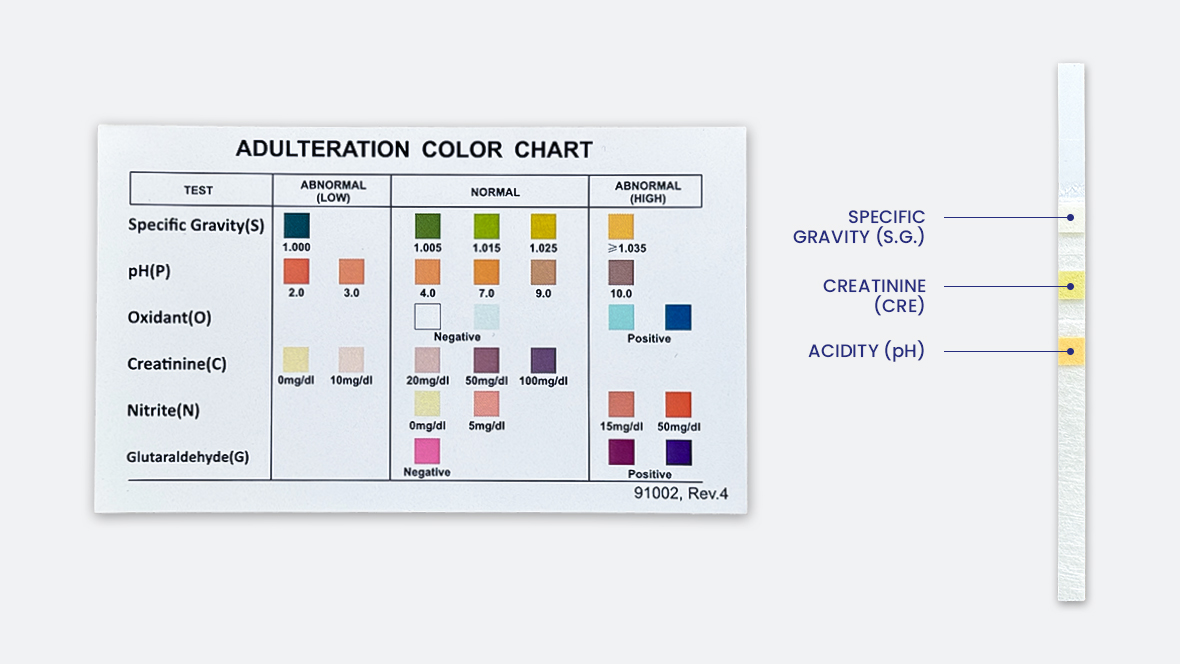
- French
- German
- Portuguese
- Spanish
- Russian
- Japanese
- Korean
- Arabic
- Irish
- Greek
- Turkish
- Italian
- Danish
- Romanian
- Indonesian
- Czech
- Afrikaans
- Swedish
- Polish
- Basque
- Catalan
- Esperanto
- Hindi
- Lao
- Albanian
- Amharic
- Armenian
- Azerbaijani
- Belarusian
- Bengali
- Bosnian
- Bulgarian
- Cebuano
- Chichewa
- Corsican
- Croatian
- Dutch
- Estonian
- Filipino
- Finnish
- Frisian
- Galician
- Georgian
- Gujarati
- Haitian
- Hausa
- Hawaiian
- Hebrew
- Hmong
- Hungarian
- Icelandic
- Igbo
- Javanese
- Kannada
- Kazakh
- Khmer
- Kurdish
- Kyrgyz
- Latin
- Latvian
- Lithuanian
- Luxembourg
- Macedonian
- Malagasy
- Malay
- Malayalam
- Maltese
- Maori
- Marathi
- Mongolian
- Burmese
- Nepali
- Norwegian
- Pashto
- Persian
- Punjabi
- Serbian
- Sesotho
- Sinhala
- Slovak
- Slovenian
- Somali
- Samoan
- Scots Gaelic
- Shona
- Sindhi
- Sundanese
- Swahili
- Tajik
- Tamil
- Telugu
- Thai
- Ukrainian
- Urdu
- Uzbek
- Vietnamese
- Welsh
- Xhosa
- Yiddish
- Yoruba
- Zulu
- Kinyarwanda
- Tatar
- Oriya
- Turkmen
- Uyghur

Adulterant Check for Drug Tests
Adulterants are substances added to drug tests, directly to the sample or by ingestion, to prevent detection of a drug. Hysen Inc. can configure Cup with up to six different adulterant tests, including (1) oxidant/PCC, (2) specific gravity (S.G.), (3) pH, (4) nitrile, (5) glutaldehyde (GLUT), and (6) creatinine (CRE).

SAMPLE DILUTION
Technical Analysis of Specimen Dilution Methodologies
Common specimen manipulation techniques primarily involve three forms of dilution: post-collection fluid introduction, excessive fluid intake by donors, and pharmacological intervention using diuretics. Notably, online platforms frequently market diuretic usage under misleading terms such as "metabolic cleansing."
Integrity Verification Protocols
Laboratory authentication systems employ dual-parameter analysis combining creatinine (CRE) levels and specific gravity (S.G.) to detect adulterated specimens. Clinically significant reductions in creatinine—a metabolic byproduct of muscle-derived creatine—coupled with deviations in fluid density (standard range: 1.003–1.030) serve as definitive markers for abnormal dilution. Specimens exhibiting S.G. values outside physiological norms warrant immediate integrity review.
Key Technical Parameters
1、Creatinine Biomarker Analysis: Quantifies muscle metabolism residuals, critical for establishing baseline urinary concentrations.
2、Refractometric Density Profiling: Utilizes refractive index measurement to assess sample viscosity and molecular composition.
3、Composite Parameter Analysis: Dual-metric validation enhances detection accuracy (sensitivity increased by 23–37% in controlled studies).
NITRITE
Assays targeting nitrite presence are employed to detect tampering agents in urine specimens, such as commercially available products like Klear or Whizzies. These tests operate by identifying oxidative interactions with THC-COOH, the primary metabolite of THC. Under standard conditions, human urine lacks detectable nitrite levels. Consequently, a positive nitrite reading strongly suggests external manipulation of the sample, as these adulterants introduce oxidizing compounds to interfere with drug screening protocols.
OXIDATION
Assays targeting oxidizing agents, including pyridinium chlorochromate (PCC), hydrogen peroxide, and chlorine-based compounds (e.g., bleach), are employed to detect urine specimen tampering. These oxidants function by altering the molecular structure of target analytes, such as the primary cannabinoid metabolite THC-COOH, to evade detection. A range of commercially available adulterants—including UrineLuck (PCC-based) and Stealth (peroxidase-containing)—rely on such chemistries. Under physiological conditions, human urine lacks endogenous oxidants or PCC, making their presence indicative of extrinsic manipulation.
Nitrite-based adulterants, such as those in Klear and Whizzies, operate through a parallel mechanism. Nitrite salts, uncommon in unmodified urine, oxidize THC-COOH to disrupt immunoassay and confirmatory testing. Research highlights a critical temporal factor: rapid initial screening (e.g., immediate immunoassay) may limit nitrite efficacy, as these agents require extended interaction time to fully modify THC-COOH. Conversely, delayed laboratory confirmation often reveals false negatives due to THC-COOH degradation, complicating accurate results.
Given the absence of nitrites and oxidants in natural urine, their detection strongly implies intentional specimen adulteration. This underscores the importance of harmonized testing protocols to mitigate evasion strategies.
GLUTARALDEHYDE
Glutaraldehyde, when employed as a specimen adulterant, is postulated to disrupt the enzymatic activity integral to the EMIT (Enzyme Multiplication Immunoassay Technique) drug screening process by deactivating the reagent's target enzyme. While this compound does not typically induce false-negative outcomes in lateral flow immunoassays, commercially available urine adulteration products such as UrinAid and Clear Choice incorporate glutaraldehyde as a key component. Given its absence from biologically produced urine under normal physiological conditions, the laboratory detection of glutaraldehyde serves as a strong presumptive indicator of intentional specimen tampering. Notably, the temporal dynamics of glutaraldehyde's reactivity suggest that immediate analytical processing may limit its capacity to fully modify drug metabolites, though delayed confirmation testing often reveals compromised specimen integrity due to THC-COOH degradation.
ADULTERANT EXAMPLES
- Baking soda
- Bleach
- Detergent
- Eye drops
- Liquid chlorine bleach
- Liquid drain cleaner
- Glutaraldehyde
- Iodine tincture
- Pyridinium chlorochromate
- Vinegar
- Water
COMMERCIAL ADULTERANTS
(Ingested Prior to Urine Sample)
- Amber 13
- Clean-X
- Clear Choice
- Instant Clean ADD-It-ive
- Lucky Lab LL418
- Klear
- Krystal Kleen
- Mary Jane Superclean 13
- Purafyzit
- Stealth
- Test Clean
- THC-Free
- Urine Luck 6.3
- UR’n Kleen
- Whizzies














